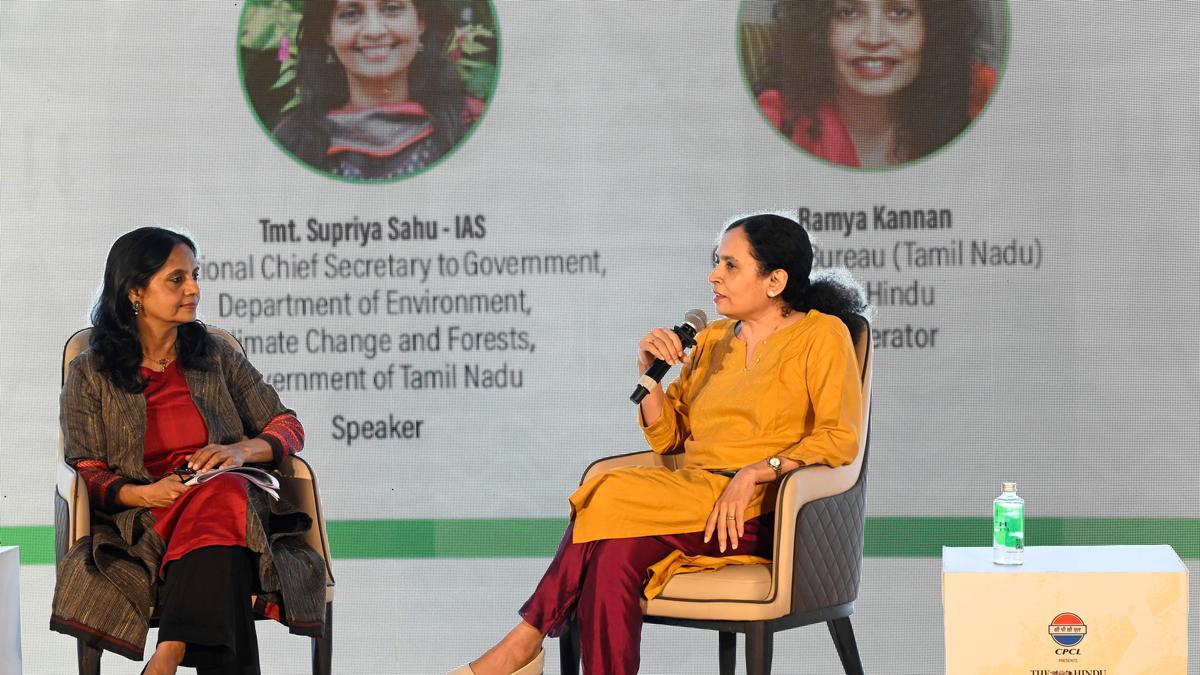Copyright thehindu

Supriya Sahu, Secretary, Environment, Climate Change and Forests, said on Friday that Senna spectabilis, a highly invasive tree, had been removed from 1,963 hectares of land in the Mudumalai Tiger Reserve with the help of locals. These trees have been identified on a total of 2,448 hectares, and we have removed 80% of them so far. They do not help in biodiversity and are not liked by animals either. The cut trees are being used for making paper as the Forest Department has tied up with the Tamil Nadu Newsprint and Papers Limited, she added. Responding to a question on the challenges from invasive species in forests by The Hindu’s Chief of Bureau Ramya Kannan at a fireside chat on Greening Tamil Nadu-The State’s Climate Action and Environmental Stewardship at The Hindu Sustainability Summit 2025, Ms. Sahu said many of the projects the State was implementing were the ‘firsts’ in India. “The lessons that we learnt have...informed our work. Removal of invasive species was one of the major challenges faced by forest managers. They are really taking over the forests, not just here but elsewhere too.” Asked about the Tamil Nadu government’s mangrove mission, she said mangroves are much better at anchoring carbon; they are a cradle of biodiversity; and are good bio-shields against tsunami. She cited the examples of Muthupettai and Pichavaram where the mangroves had shielded the local communities from the tsunami. “We worked with several national agencies to map mangrove locations. These are not just places where they currently exist but had existed earlier. We worked with local people, used data science and technology, and created around 2,400 hectares of new mangrove plantations in places such as Ennore and Adyar. Those new patches are coming up beautifully. We have created massive nurseries to grow the plants. One such facility is at Ennore, which has one lakh mangrove plants,” she said. Responding to a question on man-animal conflict, Ms. Sahu said the State had always followed a policy of co-existence and not of elimination. “There are strategies that can help us, and the use of technology is one of the most important things today.” “With the coming of artificial intelligence, we have set up AI cameras and watchtowers in Madukkarai where we have saved the lives of elephants. We are planning to augment it [the project] with drones in the near future. In Gudalur, we are setting up AI cameras in a different terrain. They will come into operation this month-end,” she added.



